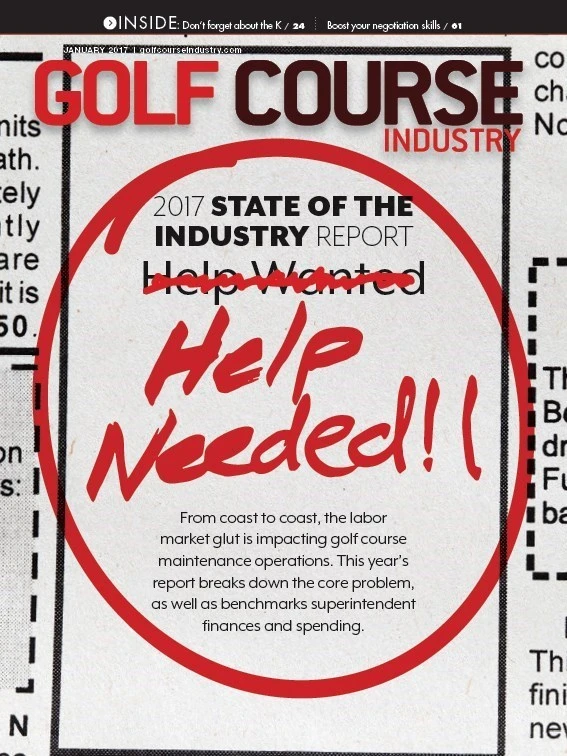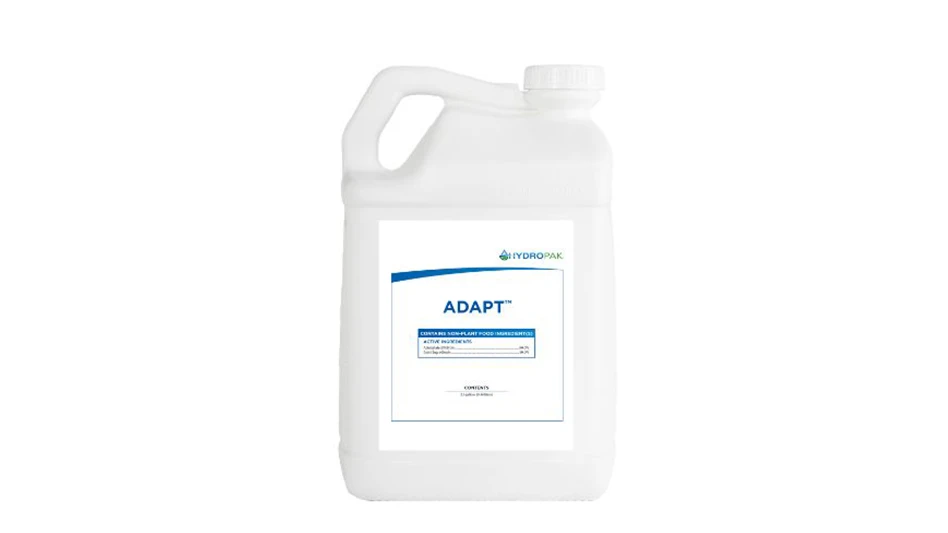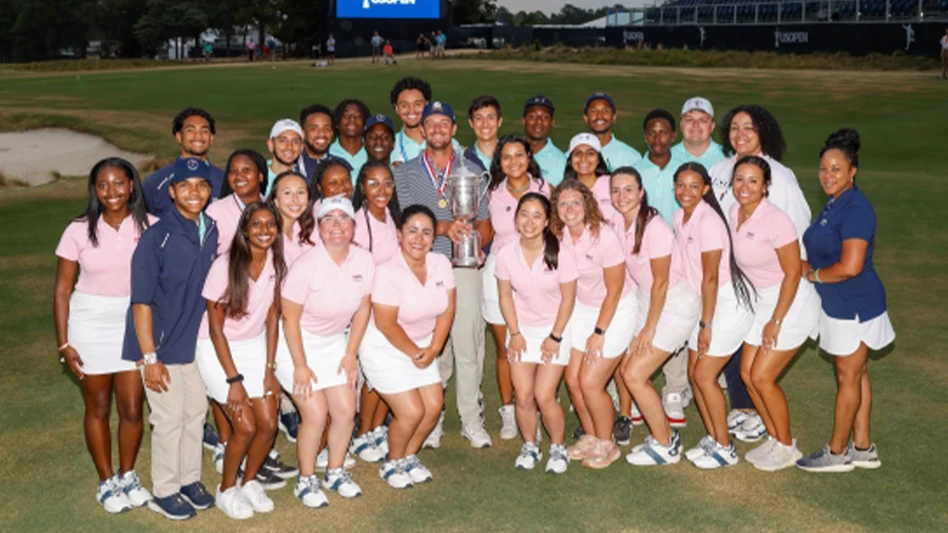Golf facilities that endured the Great Recession continue to give superintendents resources to produce quality results.
The average non-capital maintenance budget is creeping toward $800,000, increasing from $750,000 in 2016 to $798,200 in 2017. Steady increases in private facility budgets are bolstering the industry. Sixty-seven percent of private courses indicated they are increasing their budgets in 2017. Only 12 percent are bracing for decreases. Forty-one percent of private courses will operate in 2017 with budgets of $1 million or more. The West (37 percent) and Northeast (34 percent) have the highest percentage of facilities with budgets of $1 million or more.
Besides labor, mowing and cultivation and pesticide spending are the largest line items on 2017 non-capital budgets. The average mowing and cultivation budget will increase to $45,646, with private courses spending $54,892. The average pesticide budget, which includes fungicides, insecticides and pre- and post-emergent herbicides, will increase from $51,680 in 2016 to $59,726 in 2017. Private facilities are projected to spend $78,026 on pesticides in 2017. Pesticide spending by region: $78,596 Northeast, $71,887 South, $52,828 Midwest and $33,857 West.
Projected water budgets provide the biggest discrepancy in 2017 budgets, with 306 respondents reporting their facility doesn’t pay for it. The average water budget among the 117 facilities paying for it is $80,918. Forty-two of those facilities are spending $100,000 or more on water. Thirty-five of the 42 facilities spending more than $100,000 on water are in the West.
Average spending will increase in all 18 line items analyzed in 2016 and 2017. GCI added two line items – dyes and colorants and software/data collection devices and programs – to the survey.
Capital spending will be modest in 2017, with 80 percent of projected capital budgets coming in under $200,000.


FINANCES
Public facilities experienced mixed financial results in 2016. Forty-three percent turned profits while 33 percent experienced losses. The split was 38-33 among private courses. Of all golf facilities, 67 percent turned a profit or broke even, a 2 percent decrease from 2015 and 4 percent decrease from 2014.


Explore the January 2017 Issue
Check out more from this issue and find your next story to read.
Latest from Golf Course Industry
- Envu Superintendent Grant Program sending 10 members to 2025 GCSAA show
- Editor’s notebook: Let’s chat about AI
- Wonderful Women of Golf 43: Melissa Gugliotti
- This month on Superintendent Radio Network: December 2024
- Mark Hollinger, ASGCA, dies at 70
- Tartan Talks 102: Chad Goetz
- Don’t fly by the seat of your pants
- Golf Construction Conversations: Reed Anderson





